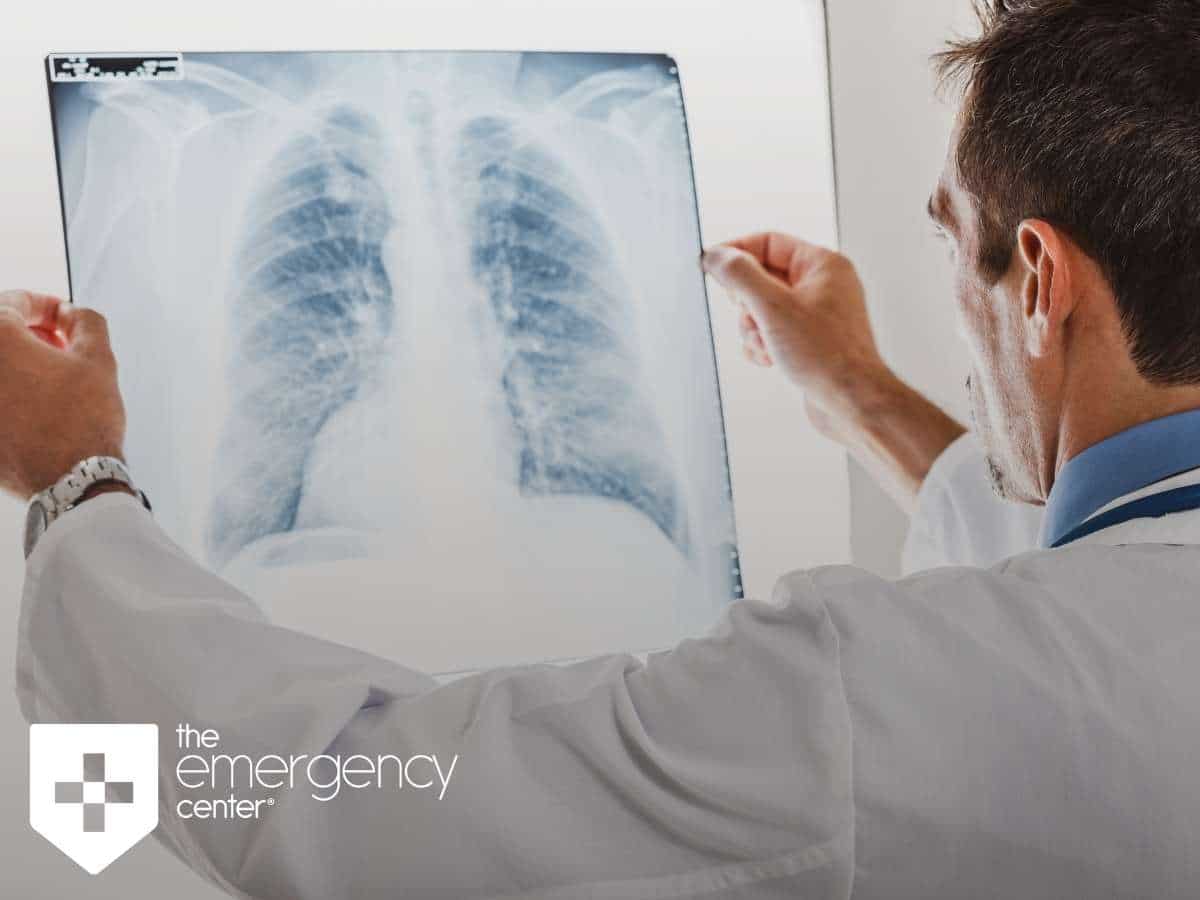Finding a Way To Prevent Pulmonary Embolism
Pulmonary Embolism (PE): Causes, Symptoms & Recovery Suggestions
The lungs in the human body receive blood from the heart. Once received, the lungs are the organs responsible for supplying the blood with oxygen and pumping that blood to the rest of the body. Occasionally, blood clots may enter the arteries of the lung. A blood clot is a certain amount of blood that changes from a liquid state into a semisolid state. When a clot travels through the bloodstream and becomes stuck within a lung artery, the result is a pulmonary embolism.

Common Causes Pulmonary Embolism
Pulmonary embolism is primarily the result of deep vein thrombosis. It is an event in which a blood clot located within a vein of the lower leg develops, then travels to arteries in the lungs. Blood clots within the leg can form when this part of the body remains still or inactive for an extended period. When an artery in the lung becomes blocked, oxygen levels lower in the blood, and damage to the lungs can happen. Furthermore, low blood oxygen levels can also cause damage to other organs throughout the body. Depending on the size of the clot or the number of clots, a pulmonary embolism can be fatal if not treated immediately.
What Are The Warning Signs Of a Pulmonary Embolism?
Symptoms of a pulmonary embolism usually develop suddenly without warning. The severity of these symptoms depends on the number of clogged arteries and the size of the blood clot. Sufferers from pulmonary embolism will experience cough and shortness of breath initially. The cough may produce blood. Excessive sweating will also occur, followed by light-headedness and dizziness. There will also be chest and back pain. The condition can result in permanent lung damage. If the symptoms persist, the condition can lead to a blue coloration in the lips and nails, and finally death.
Pulmonary Embolism Emergency Treatment
Pulmonary embolism is a medical emergency that requires immediate attention. Complications from the condition will worsen if left untreated. Fortunately, treatment for the condition can successfully remove blood clots from pulmonary arteries.
Blood Thinners
Anticoagulants, or blood thinners, are effective in preventing blood clots from forming or getting more significant. They are the most common treatment for pulmonary embolism. Once prescribed, they serve to allow existing blood clots to dissolve on their own and without any chance of the problem getting worse. Blood thinners do not directly dissolve a blood clot. Treatment occurs in the ER through IV or pill form, and the discharging of patients is typically the same day.
Catheter
In some instances, a doctor may use a catheter to treat a pulmonary embolism. Catheters are devices with which the doctor will insert a small tube in a vein that travels to the location of the clot and dissolves or removes it from the lung.
Thrombolytic Drugs
In life-threatening situations where the patient has severe symptoms, doctors will prescribe thrombolytic medications. These drugs directly break up the clot more quickly than other methods. The problem with thrombolytic drugs is that the side effects are more severe. Side effects include blood vessel damage, potential kidney damage, and bruising at the access site. There also is a chance that the drugs may end up causing the blood clot to break free and relocate to another part of the lung.
Pulmonary Embolism Prevention
There are ways to protect oneself from having a pulmonary embolism.
Constant Exercise
Regular physical activity may be the easiest and most effective way to prevent the clotting that causes pulmonary embolism. Staying active keeps the blood in the legs flowing regularly. It prevents the pooling required to produce a blood clot, which is the leading cause of pulmonary embolism. Try to avoid sitting or lying inactive for extended periods.
Compression Stockings
Doctors also recommend compression stockings to prevent blood clots from forming in the legs. The stockings add extra pressure to the legs, which makes blood pump more through the veins and muscles in the legs.
Blood Thinners
Again, blood thinners prevent blood from clotting. Doctors may prescribe blood thinners even after treatment for pulmonary embolism to avoid a recurrence. Because they prevent blood from clotting, anticoagulants will cause excessive bleeding from an injury or nosebleed.
Stretching
When traveling by land or air, much of the time requires sitting. Too much inactivity can lead to clotting. When spending a lot of time sitting, taking a stretch break every half hour or so to keep blood flowing the way it should, and stay hydrated.
Pulmonary embolisms are another one of those avoidable conditions that can become serious if left untreated. Take preventative measures to avoid a life-threatening situation.
Come To Our 24 Hour Emergency Rooms
If you experience symptoms that may indicate a pulmonary embolism, come to The Emergency Center immediately. We are here 24/7/365 if you or your family needs emergency care. Never second guess whether or not an illness is severe enough to require emergency attention. The Emergency Center provides up to 23 hours of Observation and offers 24/7 care with no waiting. Visit The Emergency Center’s convenient 24-hour location.
The Emergency Center
San Antonio
11320 Alamo Ranch Pkwy
San Antonio, TX 78253
Phone: 210-485-3644



